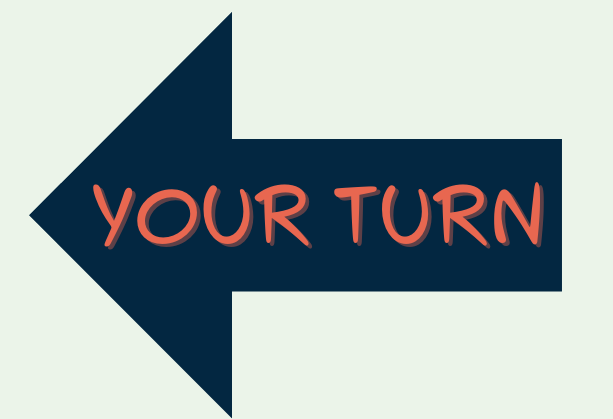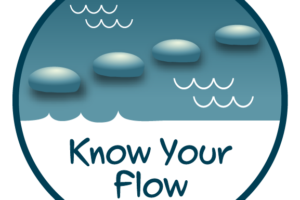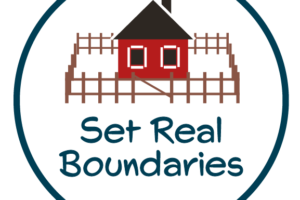
Here’s a Method That Helps Distracted People to Improve Their Focus
Interruptions. Disruptions. Diversions.
It doesn’t matter what you call them, distractions impact most people at some point. There’s nothing quite like a life transition to hamper your attention. It might be a diagnosis of Attention Deficit Hyperactivity Disorder (ADHD), for which difficulty focusing is already a known symptom. It could be hearing you have diabetes and need to change your lifestyle. It may be a cancer diagnosis in which you have to decide on the best treatment option. Most life transitions require gathering information and making decisions. As such, managing the change along with your “normal life,” often leads to increased inattention.
While there are many options for increasing your ability to focus, I’m going to suggest giving mindfulness a try. Before you say, “That’s just a bunch of hooey that doesn’t really work,” stick with me just a little longer before you decide to stop reading. Also, there’s plenty of science behind how and why mindfulness is so powerful.
What Mindfulness Is (and isn’t)
Mindfulness: “a technique in which one focuses one’s full attention only on the present, experiencing thoughts, feelings, and sensations but not judging them. The practice of mindfulness can reduce stress and physical pain.”
Some people aren’t interested in practicing mindfulness because they believe that it is the same as mindlessness. However, mindlessness is the absence of thought.
Similarly, there are those who mistake meditation for mindfulness. I’ve even noticed this confusion in some articles I read or apps I use. Meditation is different because it is a method of reflection or contemplation with the goal of heightened spiritual awareness and/or connection.
The consistent practice of mindfulness is not only known to help increase focus; it can also decrease stress and anxiety, among other benefits.
Personal Example
I started a mindfulness practice in January, 2016. I found a virtual program which offered free daily programs in January leading into a paid subscription for the remainder of the year. Those who practiced each day received one of her books. Such incentive!
Subsequently, I tried the free version of the Calm app. I saw my stress decrease and my focus increase, so I moved to the paid version, which has tons of options. One reason I appreciate Calm is that they track the number of days and minutes I use the app. I feel motivated when I see lots of consecutive days!
I continue to use Calm, which I sometimes supplement with other mindfulness practices. Considering the number of life transitions I’ve experienced since I started consistently practicing mindfulness, I can’t imagine how much more anxious I would feel without the mindfulness.
Professional Example
Sharon (not her real name) hired me to help her establish new processes in her small business. Her company had grown, however, the systems she used hadn’t changed. Between business challenges, recovering from a broken hip, and a family member with a serious medical condition, she felt overwhelmed.
At our first appointment, I asked if she’d be willing to do a one-minute experiment with me. When she said “yes,” I lead her in a short breathing exercise.
At the conclusion, she said, “That was amazing! It cleared everything right out of my mind.”
This allowed her to intentionally choose our starting point without being distracted by the multitude of craziness in her life.
Your turn! 
Choose to experiment with mindfulness for the next month. There are a variety of apps and other materials available.
- Identify what would be most helpful in creating a Mindfulness practice:
- Guided practice?
- Accountability?
- Variety?
- Recognize potential barriers to practicing mindfulness so you can strategize how to avoid them.
- What will keep you motivated to continue this experiment for the month?
Please share your successes, challenges, and suggestions with mindfulness in the comments. Supporting one another is one of the best ways to attain your goals.



